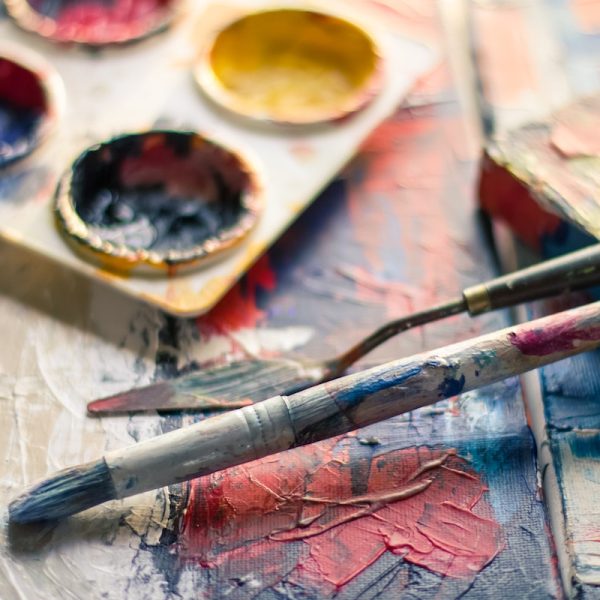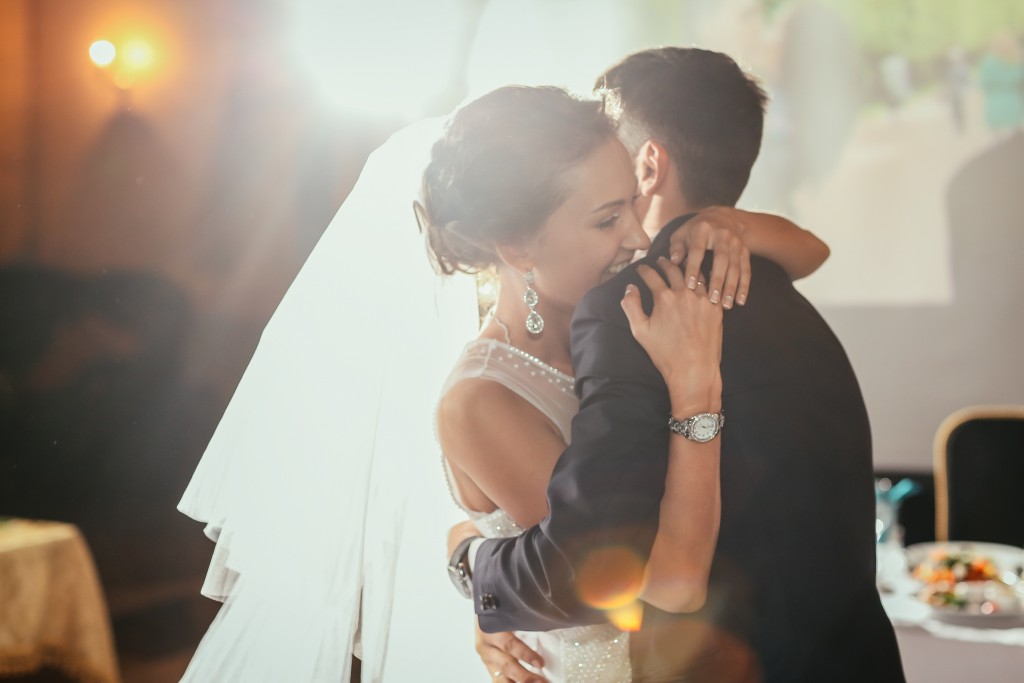Most people think of oni masks as being evil or demonic, but they actually have a long and complex history in Japanese culture.
Japanese are known worldwide for their tradition, culture, and beliefs. Among the things they’re known for are these traditional masks known as oni masks or demon masks.
Let’s take a closer look at what these masks are, what they symbolize, and how you can make yourself one at home.
What are Oni Masks?
An oni mask is a mask that is traditionally worn by people in Japan during festivals and other celebrations. In Japan, the term “oni” (鬼) refers to a wide variety of demons, supernatural creatures, and ghosts. These beings are often depicted as fearsome and demonic, with sharp teeth and claws.
The oni mask is usually red and has horns, and it represents the demon or ogre from Japanese folklore. Wearing an oni mask can be a way to scare away evil spirits, or it can simply be a way to have fun and enjoy the festivities.
What Does the Oni Mask Symbolize?

It is believed that the oni mask was invented during the Edo period in Japan. The oni mask is a symbol of strength and power and is often worn by warriors and samurai. The oni mask is also associated with the god of war, Oni-no-Kami.
However, the oni mask strongly relates to demons. Demons or ogres have immense strength and they bring disease and disaster wherever they go. They’re believed to be born when a truly evil human being dies.
Oni were believed to destroy anyone who crossed their path and they were in charge of punishing those who are as evil as they once were. These evil individuals will be reborn into demons themselves. Torture methods include peeling the skin off their victims and crushing bones.
Oni or demons are a popular motif in Japanese folklore and culture and can be found in numerous works of literature and artwork. They are also a common subject of stories and legends, often appearing as antagonists.
As Oni are scary and powerful beings, the oni mask is said to protect the wearer from evil spirits and to give them strength in battle. Today, the oni mask is often used in traditional Japanese theater and is a popular motif in Japanese art.
3 Types of Oni Masks
Today, oni masks can typically be seen in theaters or festivals. These masks are painted in bright colors and have exaggerated designs of demons or ogres.
Here are the three types of oni masks:

- Hannya Mask. This is the most common type of oni mask and is commonly seen in black or red color. The mask represents a woman being possessed by an evil spirit or a demon. They are supposed to be intimidating or scary so in plays, they’re commonly worn by actors playing evil characters.

Kabuki Mask Photo by Cottonbro
- Kabuki Mask. Kabuki masks are white and they are supposed to be the faces of mythical creatures or animals. In theatre, these masks are often worn by the protagonists or actors who are playing comedic roles.

Noh Mask of Manbi named Kohime (little princess) Photo by Christie’s - Noh Mask. These masks are commonly painted in white and represent the faces of human beings. In stage plays, these masks are worn by actors playing noble characters or those who will end up in tragic deaths.
The Setsubun Festival
Setsubun festival is a Japanese traditional event that celebrates the beginning of spring. On this day, people wear oni masks and throw beans to ward off evil spirits. The word “setsubun” means “seasonal division” in Japanese, and the festival falls on the first day of spring according to the lunar calendar.
Setsubun is believed to have started in the Heian period (794-1185). At that time, it was a simple ritual of scattering salt or beans inside and outside houses to purify them and ward off evil spirits. The event eventually developed into a more elaborate festival with various regional customs.
One of the most popular traditions is the mamemaki, or bean-throwing ceremony. In this custom, people wear oni masks and throw beans at each other while shouting “Oni wa soto! Fuku wa uchi!” which means “Demons out! Luck in!” The beans are thought to symbolically purify the home and drive away evil spirits.
Another popular tradition is the ehomaki, or lucky direction roll. This is a sushi roll that is eaten while facing the year’s lucky direction. The custom is said to bring good luck and fortune for the year ahead.
The setsubun festival is a fun and festive event that is enjoyed by people of all ages. It is a great way to welcome in the spring season and ward off any bad luck for the year ahead.
Why do samurai wear oni masks?
As anyone who has seen a samurai movie knows, these fierce Japanese warriors often wore oni masks. But what was the purpose of these masks?
There are several theories. One is that the masks were used to intimidate opponents. The sight of a samurai bearing down on them, with a fearsome oni mask covering his face, would be enough to make even the bravest warrior think twice about taking him on.
Another theory is that the masks were used to protect the wearer’s identity. In a time when samurai have often hired assassins, it was important to be able to move about unnoticed. Wearing an oni mask would help to conceal the wearer’s features and make it more difficult for him to be identified.
Whatever the reason, there is no doubt that the oni mask was an important part of the samurai’s armor. It helped to make them look more fearsome and intimidating, and it also served a practical purpose in hiding their identity.
Are Oni Masks Unlucky?
Contrary to the belief that demons bring bad luck or catastrophe, oni creatures now are oftentimes a symbol of protection. Men would wear oni masks during festivals to ward off bad luck or evil entities.
Are Oni Mask Tattoos Offensive?
Some people believe that oni mask tattoos are offensive, but this is not necessarily the case. It all depends on how the tattoo is designed and what it represents.
Oni masks can be very beautiful and artistic, and they can also be used to symbolize strength and power. Ultimately, it is up to the individual to decide whether or not an oni mask tattoo is right for them.
What are Oni Masks Made of?
Oni masks are usually made out of paper mâché, but they can also be made out of other materials such as wood, cloth, fiberglass, leather, or even plastic.
In this DIY oni mask, you’re going to use paper, particularly newspaper. Not only is it an excellent way to create as many masks as you want, but it’s also a helpful method to reuse or recycle paper.
How to make an oni mask
To make an oni mask, you will need:
- Paper mâché paste
- A balloon
- Strips of newspaper
- A paintbrush
- Acrylic paint
- Elastic bands
- Scissors
Instructions:
- Begin by inflating a balloon to the desired size.
- Cut strips of newspaper into 1-inch wide strips.
- Dip a strip of newspaper into the paper mâché paste, and then apply it to the balloon. Continue doing this until the entire balloon is covered in a layer of paper mâché.
- Once the paper mâché is dry, pop the balloon and remove it from the inside of the mask.
- Paint the mask with acrylic paint, and then add any desired details such as eyes, a mouth, or horns.
- Cut two small holes in the sides of the mask, and then thread elastic bands through them. These will be used to secure the mask to your face.
Your oni mask is now complete. You can wear it during Setsubun Festival, or any other time you feel like being a demon. You can even use it to bring out your artist’s spirit and start hanging it at home.
The Beauty of Japanese Oni Masks
Oni masks are an important part of Japanese culture, and they play a significant role in theater and festival traditions. Today, they can be used as a way of self-expression. If you ever have the chance to see one of these masks up close, you’ll be sure to be impressed by its intricate design and powerful symbolism.




